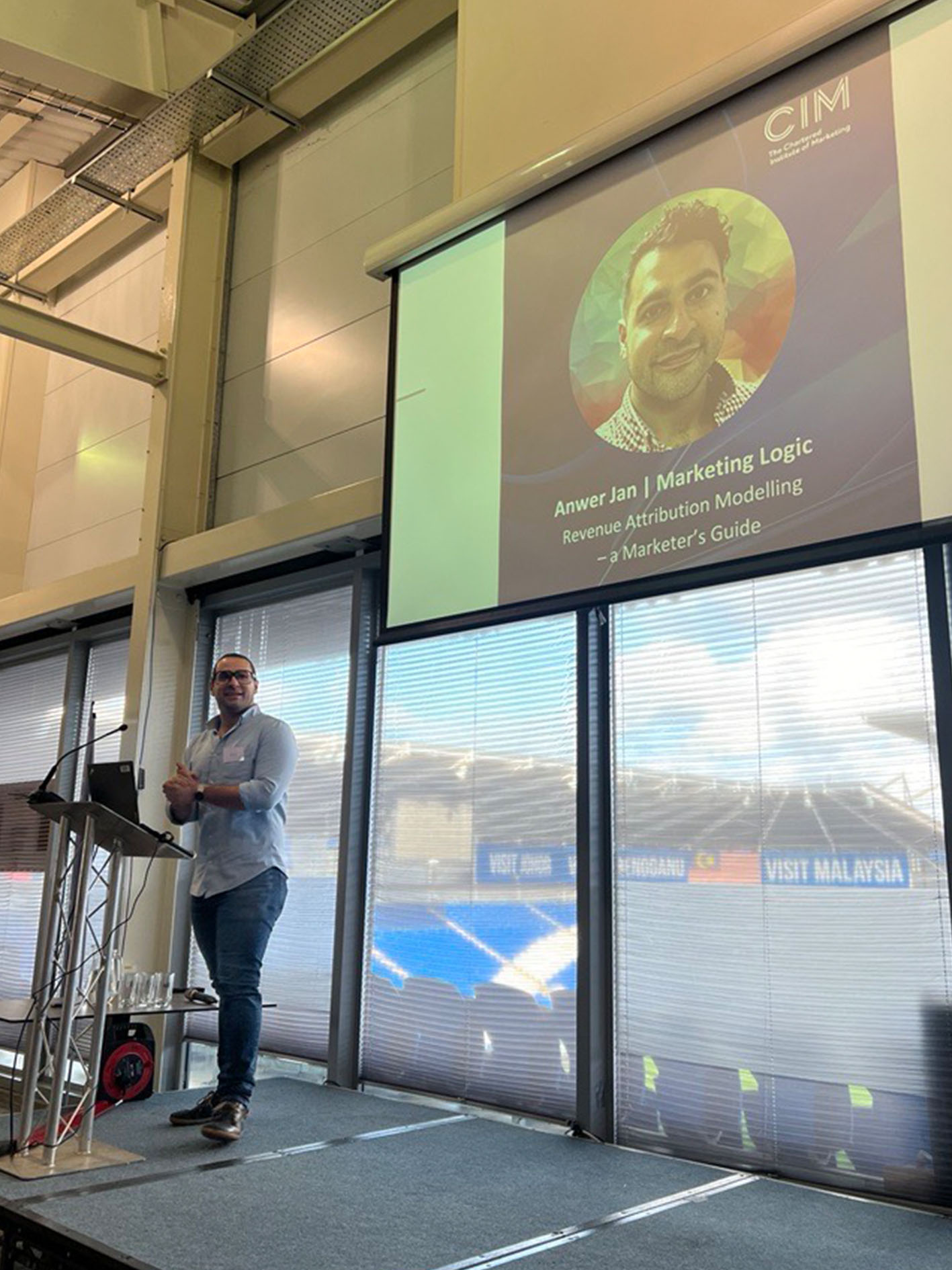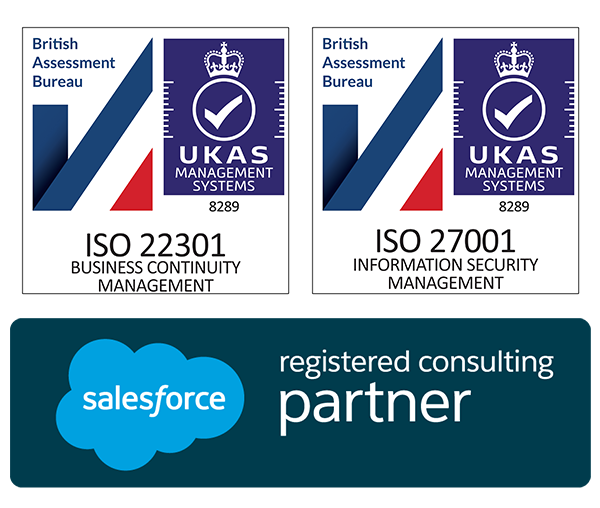
Understanding E-Commerce

Best Practice Approach for Creating High-Converting E-Commerce Marketing Journeys
In the rapidly evolving digital marketplace, creating high-converting e-commerce marketing journeys is paramount for businesses aiming to stand out and captivate their audience. This guide dives into the intricacies of developing marketing strategies that not only attract attention but convert leads into loyal customers. With the rise of online shopping, businesses face the challenge of navigating through a saturated market. However, by employing a blend of creativity, strategic planning, and data analysis, companies can design marketing journeys that resonate with consumers’ needs and preferences, leading to enhanced customer engagement and increased sales. This article aims to serve as a comprehensive roadmap for businesses and marketing professionals on LinkedIn, offering insights into the best practice approach for creating High-Converting E-Commerce Marketing Journeys
Understanding E-Commerce Marketing Journeys
E-commerce marketing journeys encompass the entire process a customer goes through, from first hearing about a brand to becoming a repeat buyer. These journeys are not linear but are comprised of multiple touch-points where customers interact with the brand across various platforms. Understanding these touch-points and the path your customers take to purchase is crucial for crafting targeted strategies that guide them smoothly from awareness to conversion. By mapping out these journeys, businesses can identify critical moments where customer engagement can be enhanced, pain points can be addressed, and opportunities for cross-selling or up-selling can be found. This knowledge enables marketers to create more personalized and effective campaigns that align with the customer’s buying process, improving the overall experience and increasing conversion rates.
The Foundation of High-Converting Journeys
The bedrock of any high-converting e-commerce marketing journey is a deep understanding of the target audience. This involves segmenting the audience based on various criteria like demographics, buying behavior, and personal preferences. Al of which allows for more personalized and relevant marketing efforts. By tailoring the marketing messages and offers to meet the specific needs and interests of different segments, businesses can significantly improve their engagement rates and conversion potential. Moreover, incorporating personalisation strategies, such as recommending products based on past purchases or browsing behavior, further enhances the customer’s shopping experience. This in turn makes them more likely to convert and become loyal customers. Establishing a strong foundation rooted in audience understanding and personalisation is key to developing effective e-commerce marketing journeys.
Leveraging Technology for Optimization
In today’s digital age, leveraging technology is essential for optimizing e-commerce marketing journeys. Automation tools streamline marketing processes, from email campaigns to social media posts, ensuring consistent and timely engagement with customers. Analytics and measurement tools, on the other hand, provide valuable insights into customer behavior and campaign performance, enabling businesses to make data-driven decisions. These technologies allow marketers to:
- personalize content at scale
- Track the effectiveness of their strategies in real-time,
- and adjust their approaches based on concrete data.
By embracing technology, businesses can enhance the efficiency and effectiveness of their marketing efforts, leading to better customer experiences and higher conversion rates.
Creating Engaging Content
Content plays a pivotal role in engaging potential customers and driving conversions. Effective e-commerce content goes beyond mere product descriptions; it tells a story that resonates with the audience, showcases the brand’s values, and highlights the benefits of the products in a compelling manner. Incorporating visual and interactive elements, such as high-quality images, videos, and interactive product demos, can significantly increase the appeal of the content, making it more engaging and shareable. Storytelling techniques, leveraging customer testimonials, and creating lifestyle content that illustrates the product in real-life scenarios are all effective ways to connect with the audience on a deeper level. By focusing on creating engaging, relevant, and visually appealing content, businesses can captivate their audience and encourage them to take the desired action.
Effective Channels for E-Commerce Marketing
Selecting the right channels is crucial for the success of e-commerce marketing campaigns. Email marketing remains a powerful tool for reaching out to customers with personalized messages and offers. Social media platforms offer a vast audience and the opportunity to engage with customers in a more informal and interactive manner. SEO strategies ensure that your content is visible and ranks well in search engine results, driving organic traffic to your site. Each channel has its strengths and can be used in different stages of the marketing journey to maximize reach and engagement. By utilizing a mix of these channels, tailored to the preferences and behaviors of the target audience, businesses can create a comprehensive and effective e-commerce marketing strategy that drives conversions and fosters customer loyalty.
Personalisation and Customization
Personalisation and customization are key to creating high-converting e-commerce marketing journeys. By leveraging data on customer behavior, preferences, and past interactions, businesses can tailor their marketing messages and offers to meet the unique needs of each customer. This level of personalisation enhances the customer’s shopping experience, making them feel valued and understood, This in turn increases the likelihood of conversion. Customization can extend to product recommendations, email content, and even the user experience on the e-commerce site, ensuring that every interaction is relevant and engaging. Businesses that master the art of personalisation and customization can differentiate themselves from competitors, build stronger relationships with their customers, and achieve higher conversion rates.
Optimizing for Conversion
Optimization for conversion is a continuous process that involves testing and refining marketing strategies to maximize their effectiveness. Conversion Rate Optimization (CRO) techniques, such as A/B testing different elements of the marketing journey, can provide insights into what resonates best with the audience. This might include testing different calls-to-action, landing page designs, or email marketing messages. By analyzing the results of these tests and making data-driven adjustments, businesses can continually improve their marketing efforts, leading to higher conversion rates. Additionally, focusing on reducing friction in the buying process, such as simplifying checkout procedures or offering multiple payment options, can also significantly enhance conversion rates. Businesses committed to optimizing their e-commerce marketing journeys for conversion will see tangible improvements in their sales and customer satisfaction levels.
Re-targeting Strategies
Re-targeting is a powerful strategy for converting visitors who have shown interest in your products but have not yet made a purchase. By displaying targeted ads to these individuals as they browse the internet or use social media, businesses can remind them of the products they viewed and encourage them to return to the site to complete their purchase. Re-targeting helps to keep your brand top-of-mind and can significantly increase conversion rates by targeting individuals who are already familiar with your products and have demonstrated an interest. Utilizing re-targeting platforms and tools allows businesses to precisely target and personalize their re-targeting campaigns, making them more effective and efficient. Incorporating re-targeting into your e-commerce marketing strategy can be a game-changer, turning potential lost sales into successful conversions.
Measuring Success and ROI
Measuring the success of e-commerce marketing journeys is essential for understanding their effectiveness and ROI. This involves tracking key performance indicators (KPIs) such as conversion rates, customer acquisition costs, and average order value. By analyzing these metrics, businesses can gain insights into which strategies are working and where improvements are needed. Regularly reviewing and adjusting marketing campaigns based on performance data ensures that resources are being used efficiently and that marketing efforts are aligned with business goals. Additionally, understanding the ROI of different marketing activities enables businesses to allocate their budgets more effectively, focusing on the strategies that deliver the best results. Measuring success and continually optimizing marketing strategies are critical for achieving long-term growth and profitability in the e-commerce space.
Innovations in E-Commerce Marketing
Staying ahead in the competitive e-commerce industry requires businesses to embrace innovations in marketing. Emerging technologies such as Salesforce Commerce Cloud and machine learning are revolutionizing the way businesses engage with customers, offering unprecedented levels of personalisation and efficiency. AI-powered chat-bots, for instance, can provide personalized shopping assistance, while machine learning algorithms can optimize product recommendations for individual customers. Additionally, augmented reality (AR) and virtual reality (VR) technologies are creating immersive shopping experiences, allowing customers to visualize products in their own environment before making a purchase. These innovations not only enhance the customer experience but also open up new avenues for creative and engaging marketing. Businesses that leverage these cutting-edge technologies can differentiate themselves from competitors and capture the attention of modern consumers.
Best Practices and Case Studies
Learning from the successes and challenges of others can provide valuable insights for developing effective e-commerce marketing strategies. Analyzing case studies of businesses that have successfully implemented creative, high-converting marketing journeys can reveal best practices and innovative approaches that can be adapted to your own context. These case studies often highlight the importance of a customer-centric approach, the effective use of technology, and the power of personalisation and engagement in driving conversions. By studying these examples, businesses can learn how to overcome common obstacles, optimize their marketing efforts, and achieve significant growth. Incorporating these best practices into your e-commerce marketing strategy can lead to improved performance and a stronger competitive position in the market.
Conclusion
Crafting creative, high-converting e-commerce marketing journeys is essential for businesses looking to thrive in the digital marketplace. By understanding the customer journey, leveraging technology, creating engaging content, and continuously optimizing for conversion, businesses can develop effective marketing strategies that resonate with their audience and drive sales. Personalisation, innovation, and measurement are key components of successful e-commerce marketing, enabling businesses to connect with customers in meaningful ways and achieve sustainable growth. With the insights and best practices outlined in this article, marketing professionals on LinkedIn and beyond can enhance their e-commerce marketing efforts, delivering memorable experiences that convert visitors into loyal customers.
FAQs
– What is the importance of audience segmentation in e-commerce marketing?
Audience segmentation allows businesses to tailor their marketing efforts to specific groups of customers, improving relevance and effectiveness. By understanding the unique characteristics and preferences of different segments, companies can create more personalized and engaging marketing messages, leading to higher conversion rates.
– How can automation tools enhance marketing efficiency?
Automation tools streamline repetitive tasks, such as email campaign management and social media posting, freeing up time for more strategic activities. They also enable businesses to deliver personalized content at scale, improving engagement and conversion rates.
– What role does content play in engaging potential customers?
Content is crucial for capturing the attention of potential customers and guiding them through the buying process. Engaging content, whether in the form of blog posts, videos, or social media posts, helps to build brand awareness, establish credibility, and provide value to the audience, leading to increased trust and conversion rates.
– Which are the most effective channels for e-commerce marketing?
The most effective channels vary depending on the target audience and product, but commonly include email marketing, social media, SEO, and pay-per-click advertising. Each channel has its strengths and can be used to reach and engage customers at different stages of the marketing journey.
– How can personalisation improve conversion rates?
Personalisation makes marketing messages more relevant to the individual customer, increasing the likelihood of engagement and conversion. By using data to understand customers’ preferences and behaviors, businesses can tailor their content, offers, and recommendations, making each interaction more impactful.
Are you ready to take your E-commerce journey to the next level? Contact Us today to find out how we can help you.



